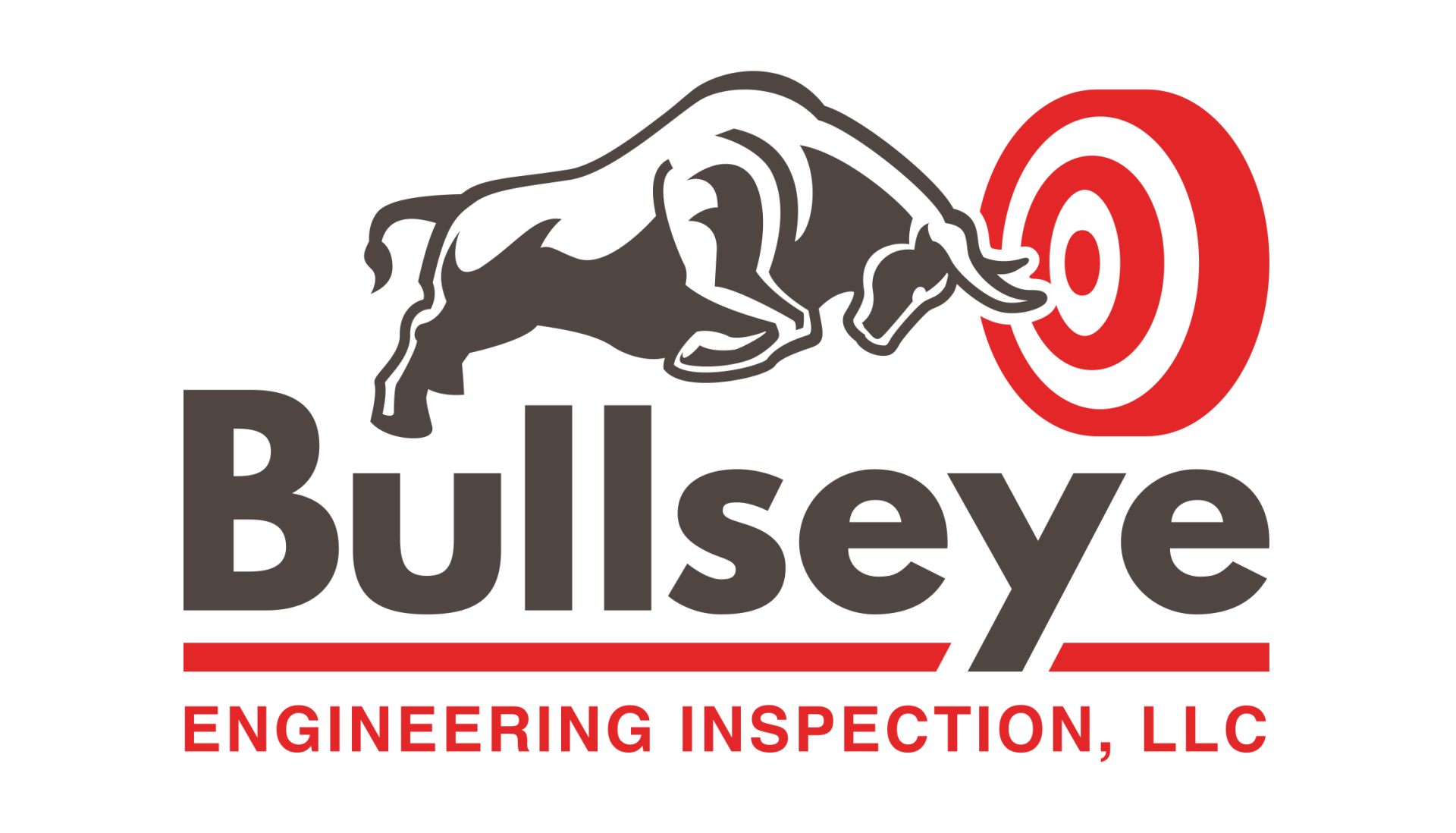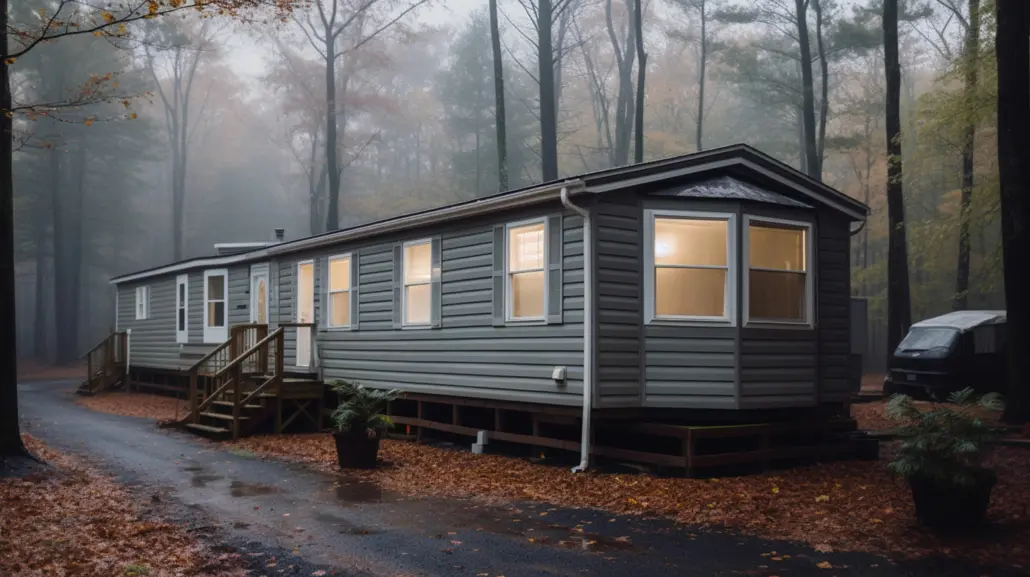
Buying a mobile home can be an exciting journey, but the key to making a smart purchase lies in understanding the inspection process. With a few essential checkpoints in mind, you can ensure your new home is safe and sound. In this article, we’ll walk you through the main areas to focus on during a mobile home inspection, making sure you’re well-prepared for this big step.
1. Inspecting the Roof for Essential Integrity
The roof is your first line of defense against the elements, so checking for leaks, damaged shingles, or sagging is vital. A well-maintained roof not only keeps the rain out but also helps with energy efficiency by providing good insulation. During your inspection, climb up if it’s safe, or use binoculars to closely inspect the materials. Look for signs of wear and make a note of any discoloration, as this may indicate underlying problems. Remember, a small leak can quickly turn into a major issue if left unattended, leading to mold and structural damage.
It’s crucial to consider the age of the roof as well. Many roofing materials have a specific lifespan, and knowing how much longer yours might last can save you unnecessary expenses in the future. If the roof is nearing the end of its life, you might want to factor in replacement costs when negotiating with the seller. Also, don’t forget about the gutters—while they often go unnoticed, ensuring they are functioning properly can prevent water damage to both the exterior and the foundational aspects of your mobile home.
2. Examining the Exterior Structure
A thorough look at the walls, windows, and foundation can uncover issues like cracks and water damage that could affect your home’s stability. Start by walking around the perimeter of the home and take note of any visible cracks in the foundation. Even small cracks can signal bigger problems beneath the surface. Water pooling near the foundation is another red flag that should be addressed to avoid long-term damage. Make sure to inspect the skirting as well, as this can help protect against moisture and pests.
Next, pay attention to the windows and doors. Check for signs of rot, mold, or poor sealing. Windows can be a significant source of energy loss if they are not in good condition. Open and close each one to ensure they operate smoothly. If there are screens, make sure they are intact too. Each of these elements serves as a critical barrier against weather conditions, ensuring comfort inside your mobile home.
Finally, take a glance at the siding or exterior finish of the home. Look for any peeling paint, dents, or rust that may indicate neglect. A well-kept exterior not only improves the appearance of your home but can also enhance its resale value. Remember, the exterior inspection is like reading the cover of a book; it gives you insights into the overall condition before diving deeper.
3. Checking the Plumbing System for Functionality
Ensure all pipes, fixtures, and drains are working properly and that there are no leaks to avoid costly repairs down the line. Start by inspecting visible pipes beneath sinks and around the toilet. Look out for any moisture, as this is often the first sign of a plumbing problem. Don’t forget to check the water heater; look for rust or leaks around the unit, as well as its age, which can significantly impact its efficiency.
Testing the water pressure is another critical step. Turn on all faucets and flush toilets to see if the water flow is strong and consistent. Weak pressure can signal a blockage or other issues that might require immediate attention, while excessive pressure can lead to complications. Additionally, make sure that hot water is readily available when you need it—nobody wants to take a cold shower unexpectedly. Catching plumbing issues early on may prevent bigger headaches later!
It’s also wise to inquire about the sewer connection and any past issues related to it. If the mobile home has its own septic system, you should have it inspected as well, since this can be a significant responsibility. Understanding the plumbing system’s condition will give you peace of mind as you consider taking the plunge into homeownership.
4. Assessing the Electrical System’s Safety
A safe electrical system is crucial for any home. Look for outdated wiring, functional outlets, and proper grounding. Start by checking the electrical panel for rust, broken circuits, or warning signs of wear. An old panel might not just be a nuisance; it can be a significant safety hazard. As you systematically check each room, plug in a lamp or charger to ensure outlets are functional, and check that GFCI outlets in wet areas are working—test them by pressing the reset button.
Pay attention to light fixtures as well, ensuring they operate smoothly without flickering. Look for signs of overloaded power strips, which could lead to potential fire hazards. It’s worth noting that if the electrical system requires upgrades, this could be a potential negotiation point when discussing the purchase price. Addressing these safety concerns early can save you time, money, and stress in the future.
5. Verifying Heating and Cooling Systems
Inspect the HVAC systems to ensure they are efficient and in good working order — a comfortable home is a happy home! Start by checking the age and condition of the heating and cooling units. Many systems have a lifespan of roughly 10 to 15 years, so knowing how long you can expect yours to last is key. Turn on the systems to listen for unusual noises, which might indicate maintenance needs. A healthy system should run quietly and efficiently.
In addition to the units themselves, don’t forget to inspect the ductwork. Ensure that it is free from obstructions and leaks, as this can dramatically affect efficiency. If possible, consider changing the air filter for a fresh start, which can also improve air quality in your home. Regular maintenance of your HVAC systems not only prolongs their life but keeps your home cozy throughout different seasons.
6. Evaluating Interior Spaces for Comfort
Don’t overlook the interior! Check for signs of wear and tear, such as flooring issues, damages, and overall cleanliness. Start in high-traffic areas where flooring might show signs of damage or stains. Look for loose tiles or cracks in hardwood floors, as these could become larger problems down the line. It’s essential to check that all door frames are straight, as this might indicate foundation issues, particularly in mobile homes.
Next, inspect walls and ceilings for water stains that may signal previous leaks. Not only do these stains affect aesthetics, but they can also pose serious health risks if they lead to mold growth. Tackle the kitchen next—make sure appliances are in good working order and that cabinets close properly. Overall, ensuring the interior feels welcoming and well-maintained can have a significant impact on your overall happiness in your new space.
7. Understanding Local Regulations and Compliance
Being aware of local regulations ensures that your home meets all necessary codes and standards, protecting your investment. Different areas have varying requirements, so it’s essential to familiarize yourself with your local laws. For instance, mobile homes often have specific zoning laws that dictate where they can be placed, and you’ll want to ensure you’re not violating any restrictions.
Additionally, understanding what permits were pulled for renovation or repair work can give you insights into the home’s history. If the current owner made any modifications—or if they were made without the necessary permits—this could lead to complications down the line. Connecting with local officials or real estate professionals can provide clarity on these matters, acting as your guide in navigating the complexities of mobile home ownership.

